Who are the Aboriginal people who traditionally occupied coastal Sydney?
Families belonging to the La Perouse Aboriginal community who have ongoing connections to south east Sydney (coastal Sydney), can identify ourselves a number ways such as:
Clan or family group e.g. Gadigal, Gweagal, Bidiagal etc.
Region e.g. Kamayngal or Gamayngal (people belonging to Botany Bay)
Environmental e.g. Gadhungal (saltwater people)
Overarching language spoken e.g. Dharawal
These layers of identification link our people on a personal, local and regional basis.
What is the language group for Coastal Sydney?
The language spoken by the traditional owners of Coastal Sydney is Dharawal. In the 1860’s Turuwul (Dharawal) was described as “the language of the now extinct tribe of Port Jackson and Botany Bay (from John Malone, a half-caste, whose mother was of that tribe) and was the first known language name for the greater Sydney area”. At that point in time, it was common for Aboriginal people to be declared as belonging to an “extinct” tribe due to the belief that Aboriginal people born after colonisation were not “authentic” Aboriginal people.
Darug is another language/tribe whose cultural area encompasses the Western Sydney area. This language was identified in the 1890’s by an Aboriginal person named Jim Lowndes. He described his language (Dharuk) as being spoken at places such as Penrith and Parramatta and extended as far east to Sydney where it merged into the Thurawal (Dharawal).
What about the “Eora” Nation?
The term Eora was documented in the William Dawes early colonial manuscript as ‘people’. However, the fact that Dawes was not a trained linguist, received information from secondary sources such as travelling soldiers and settlers and had a limited understanding of our culture and customs led to numerous misinterpretations. A prime example of this is the inaccurate description of Eora as the nation encompassing coastal Sydney which was subsequently promoted by non-Indigenous people and Aboriginal people who recently migrated to Sydney from other areas of Australia.
Are there any traditional owners left in Sydney today?
Yes. After colonisation, the traditional owners of coastal Sydney remained within their cultural area, moving freely and engaging with the newly formed colony. Aboriginal people with an ongoing connection to the area worked for large estates in the area such as the Wentworth estate based at Vaucluse and the Berry estate based at Crows Nest.
This provided safe havens and allowed our old people to continue to live in traditional camps in places such as Circular Quay, Elizabeth Bay, Double Bay and Rose Bay and numerous camps around Botany Bay. It wasn’t until the establishment of the NSW Aborigines Protection Board in 1883 that the families living in these camps were moved to the permanent Aboriginal settlement at La Perouse on the northern headland of Gamay/Kamay.
What is the difference between a welcome to country and an acknowledgement of country?
A Welcome to Country is a concept that reflects the traditional customs of Aboriginal people throughout NSW and Australia when entering into another groups cultural area. Traditional ceremonies and protocols are a fundamental part of Aboriginal cultures.
Organising a Welcome to Country ceremony and Acknowledging of Country by paying respect to the traditional custodians of the land shows respect for Aboriginal people as Australia's First Peoples.
The issues of valuing and respecting appropriate Aboriginal protocols are relevant to increasing the understanding and mutual respect for cultural practices by both Aboriginal Australians and the wider community.
A Welcome to Country can only be performed by a traditional owner who has a cultural connection to the place. It is considered extremely offensive and against Aboriginal protocols if a person without a cultural connection to that place performs a Welcome to Country as they have no right to welcome people to country which is not theirs.
An Acknowledgement of Country is usually performed by the most senior staff member of the gathering as it is simply acknowledging and paying respects to the traditional owners of the land on which the gathering is taking place.
What is the appropriate wording for an acknowledgement of country?
The wording depends on the location of the meeting place. For example, the Sydney CBD is associated with the Gadigal people so an example Acknowledgement is as follows:
“I’d like to begin by acknowledging the Traditional Owners of the land on which we meet today, the Gadigal clan of the Dharawal Nation, and pay my respects to Elders past and present”
However, if you aren’t sure of the traditional owners of the land on which you are meeting you can say:
“I’d like to begin by acknowledging the Traditional Owners of the land on which we meet today. I would also like to pay my respects to Elders past and present.”
For further information on booking a Welcome to Country in Coastal Sydney please feel free to contact us to ensure you are welcomed by a person who can provide an authentic and culturally appropriate Welcome to Country.

